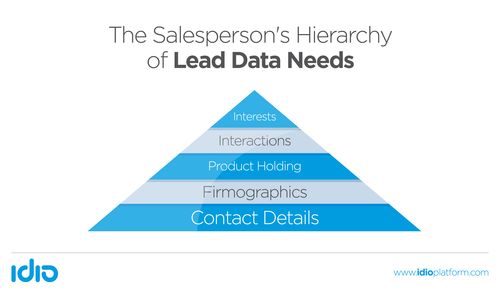For anyone working in B2B marketing, it's hard to ignore the rapid ascendance of marketing automation over the past few years. If you take the time to dig below the undulating praise, however, you'll see that the joys of marketing automation are not as clear-cut as you might first believe.
Only 2.8% of B2B enterprise marketers say marketing automation-powered campaigns achieve their demand generation goals, according to the Annuitas 2015 B2B Enterprise survey of 100+ B2B enterprise marketers from organizations with annual revenues exceeding $250 million.
B2B technology analyst David Raab says almost 70% of marketers are either unhappy or only marginally happy with their marketing automation software
And Bluewolf's most recent State of Salesforce study found that only 7% are seeing good, measurable ROI from their marketing automation investments.
Acknowledging the Limitations of Marketing Automation
It's important to understand what marketing automation does well—as well as what its limitations are.
Marketing automation works well when a well-defined process in place; it doesn't automate your marketing so much as streamline and scale your current processes. Fundamentally, marketing automation is a workflow tool, not an automation tool.
All marketing automation relies on preset logic ("If this X happens then do Y"; "if X does not happen, then do Z") and traditional purchase funnel theory to design the architecture of marketing campaigns and trigger communications.
The problem is that the buyer journey is much more complex than marketing automation vendors would have you believe—it's not simply a "set it and forget it" deal.
Also, marketing automation means having to bring on more—not less—staff. As well as a marketing manager, a database manager, a demand-gen exec, and a content strategist, you will most likely need a marketing technologist who is able to help you get the most out of your new system.
Finally, marketing automation ignores that prospects are continually evolving in their interests, needs, and motives. Marketing automation can provide you a lead score, but it doesn't tell you why a prospect is so engaged.
Preparing Your Organization for Marketing Automation
All that isn't to say that investing in marketing automation is a fool's errand. However, the effort, resources and strategy needed to make the most of any MA tool is usually greatly underestimated.
So, if you are considering using marketing automation, first prepare your organization in the following seven ways.
1. Know your ideal customer profile
If you are going to get the most out of your marketing automation tool, you must go through the process of defining your ideal customer profile and your buyer personas—up front.
Marketing automation relies on rules that segment and send messages based on each recipient's profile (job title, industry type, etc.). You need to know what these are before you start automating the messages you send to them.






